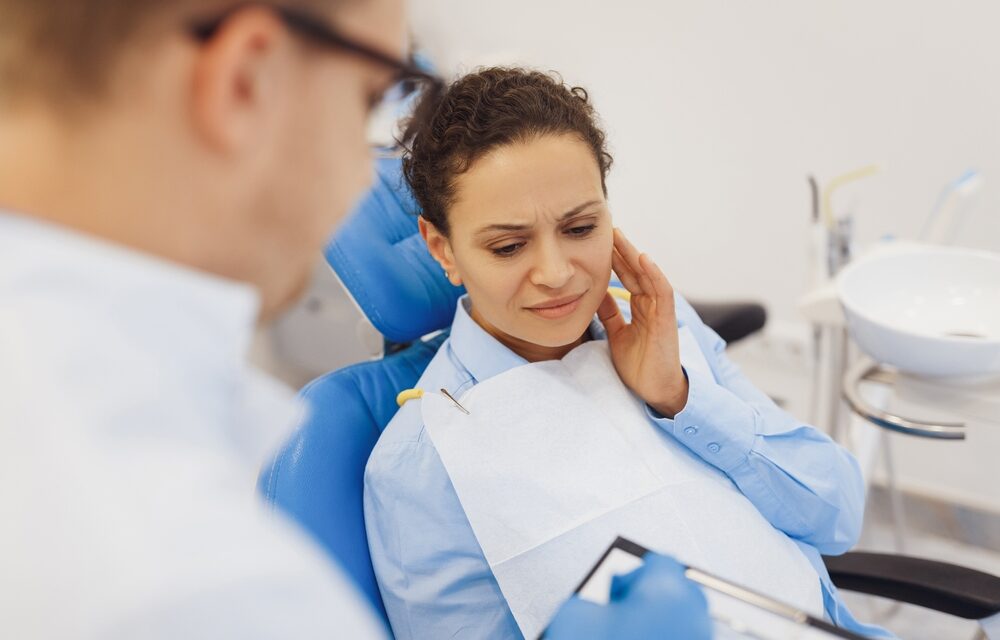If you have pain in your bottom teeth, you may want to see your dentist. Your dentist can diagnose the cause of the pain and offer solutions. Here are some of the most common problems with bottom teeth. The following problems are associated with excessive gum tissue or overcrowding. These problems can also lead to severe tooth decay and overbite or crossbite. Your dentist can also help you to improve your smile by reducing your risk of serious dental problems.
Table of Contents
Crowded bottom teeth
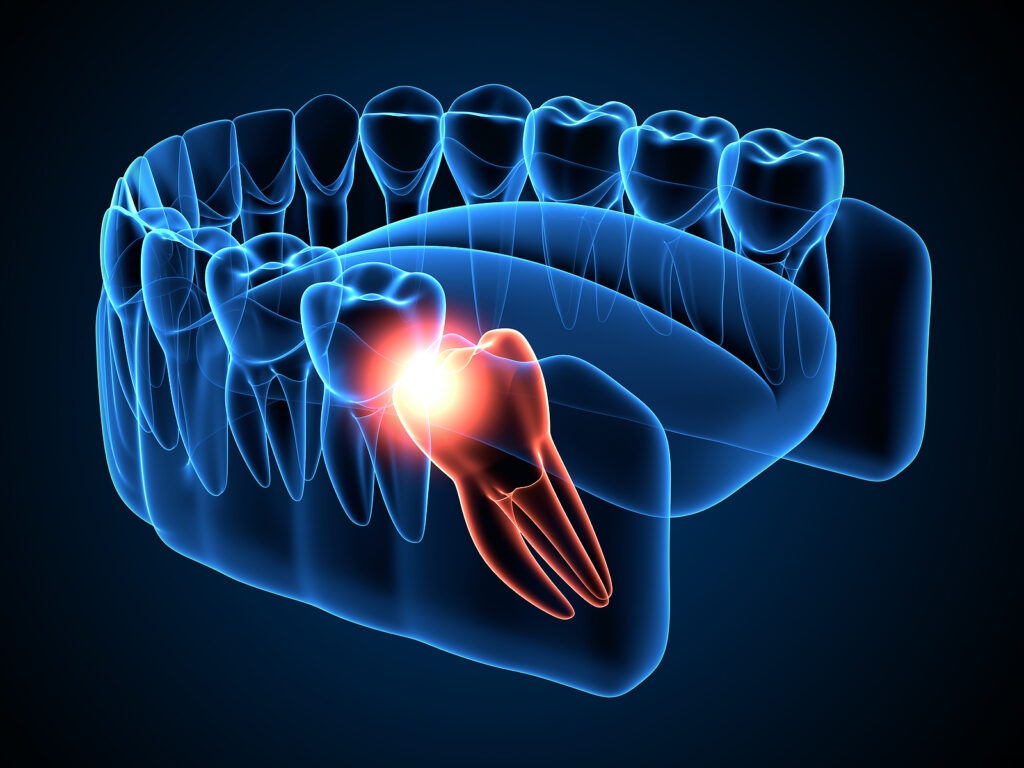
If your bottom teeth are crowded, you will likely have to deal with more than just aesthetics. Too many teeth in one area can impact the overall function of your mouth. When your bottom teeth are crowded, you may have one or more that protrude, rubbing against your upper teeth excessively. Over time, this can lead to damage to your teeth and serious wear and tear. Also, because your teeth are crowded, they are more prone to cracking and chipping. Not only does it affect your appearance, but a crowded mouth can also disrupt the proper alignment of your jaw, making chewing more difficult.
The extent of jaw shrinkage is different for everyone, but in most cases, this type of crowding can cause a variety of oral health problems. Early loss of baby teeth is associated with a higher risk of bottom teeth crowding. Premature loss of baby teeth is also a contributor to dental crowding, and it can happen even before an adult's permanent teeth have erupted. In addition, improper dental hygiene can lead to the retention of baby teeth for too long. Prolonged retention of baby teeth can delay the eruption of permanent teeth, leading to a crowding of the lower teeth.
Severe tooth decay

If you have experienced pain in your bottom teeth, you should visit your dentist. Besides checking the teeth, your dentist can do an x-ray to determine the extent of the decay. In order to protect your teeth from further damage, you should brush your teeth twice a day with a fluoride-based toothpaste. You should also avoid acidic foods and drinks, as well as sticky and sweet snacks. You should also visit the dentist at least twice a year to ensure that you aren't suffering from tooth decay.
Early-stage decay can be repaired with a filling. Advanced stages require a crown. This covers the top portion of the tooth above the gums. The dentist may remove healthy tooth tissue to make room for the crown. Otherwise, a tooth may be extracted. If you've already had a filling, your dentist may recommend a crown instead. Your dentist will carefully determine which treatment option is best based on the level of decay.
Fluoride can help strengthen the enamel. Fluoride is found in many toothpastes and is also in tap water. In fact, 74 percent of American homes receive fluoridated water, which helps prevent cavities. Fluoride treatments are also an option for treating cavities. Fluoride-based products can be applied by a dentist in a dental office. Fluoride strengthens enamel and prevents further decay. Fluoride-treated teeth are more resistant to acid attacks.
Overbite

Overbite of the bottom teeth is a condition in which your bottom teeth overlap and the top teeth are slightly lower than the bottom. If left untreated, it can affect your facial structure and negatively impact your self-esteem. You may also experience sleep apnea due to poor air flow. If left untreated, overbite can also result in heart disease, heart problems, and other health complications. For this reason, it's important to have an overbite corrected as early as possible. This condition can be corrected using braces and elastic bands.
The overbite of the bottom teeth can have severe consequences. It may be minor and not cause any noticeable pain, but if it persists for more than four millimeters, you should have it fixed. Overbite can cause significant pain, tearing the TMJ nerves and affecting the health of the jaw joint. Likewise, it can cause a person to grind their teeth, which can lead to severe damage to the gums and teeth inside the mouth. Additionally, overbites can cause speech difficulties, mouth breathing, and difficulty eating or chewing.
Another common cause of overbite of the bottom teeth is thumb-sucking and pacifier use. These habits add additional pressure to the teeth and jaw and interfere with proper development. The primary symptom of overbite of the bottom teeth is the visible overlap of the front teeth over the bottom teeth. Other symptoms include difficulty opening the mouth and pain while eating. In severe cases, overbite can lead to speech problems due to incorrect placement of the tongue.
Crossbite
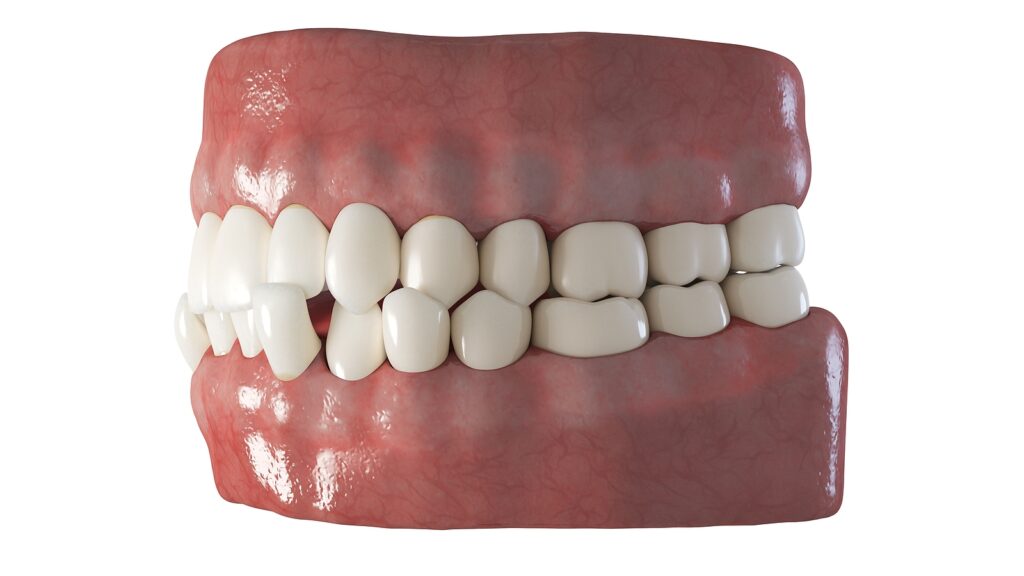
Several orthodontic procedures are available to correct bottom teeth with a crossbite, including braces, invisible aligners, and elastics. While these treatments are easy to use for children, adults may require more intensive procedures to correct their crossbite. Braces may move the jawbones up or down, or backwards or forward. If braces are not an option, surgery may be an option. A specialist may recommend surgery for severe cases of crossbite.
A crossbite can be quite embarrassing, and if left untreated, it can cause a whole host of problems. It is important to see an orthodontist as soon as possible if you notice any of these signs. Even if the condition is minor, it can hide other, more serious dental or orthodontic issues. By addressing a misaligned bite, you'll be investing in your overall health. A perfectly aligned set of teeth is not only attractive and functional – they'll improve your self-esteem and give you a great taste.
An underdeveloped jaw can cause a crossbite. To correct the condition, a specialist may use a palatal expander, which stretches the roof of the mouth to widen it. Patients with a severe crossbite may also need palatal expanders, which widen the upper jaw and lower teeth. Headgear, or a plastic device, is another orthodontic treatment that involves modifying the growth patterns in the mandible.
Clenching/grinding
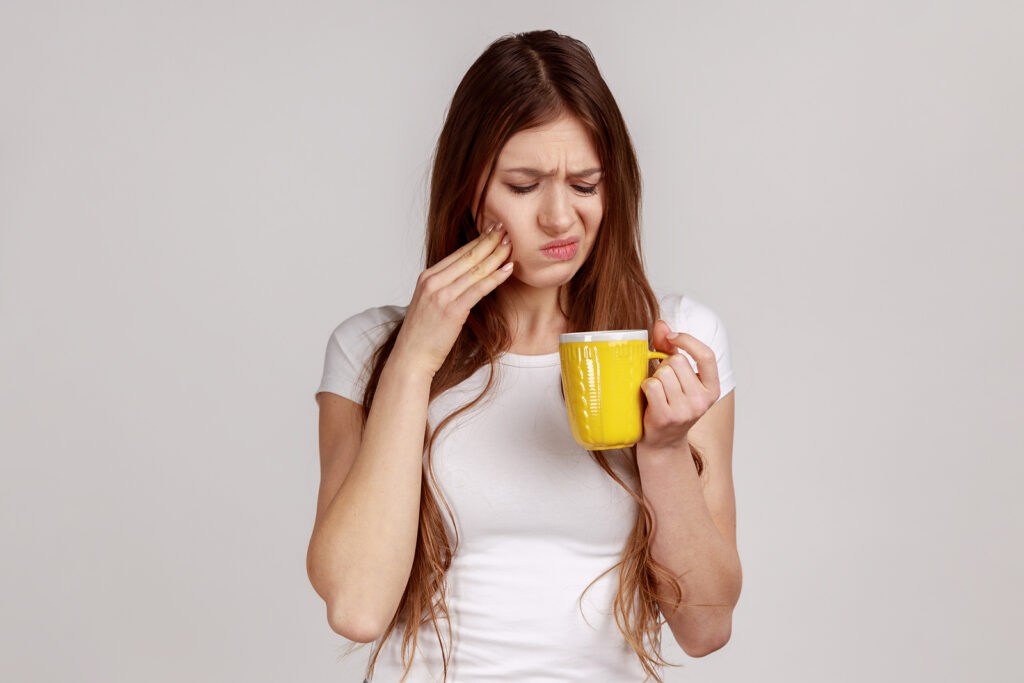
Clenching/grinding bottom teeth can lead to headaches in the morning. This condition can also affect the bone structure of the jaw. Many people who experience bruxism also develop bony growths on their lower jaw, called mandibular tori. These growths are harmless, but they may be indicative of clenching and grinding. To know whether clenching and grinding is causing you a headache, you should consult a dentist.
While there is no definitive cause for bruxism, a wide range of risk factors contribute to a higher likelihood of clenching or grinding your teeth. Stress and anxiety are known to cause excessive teeth grinding. Children often exhibit this habit, but it tends to fade with age. Alcohol consumption can also contribute to bruxism, as it interrupts sleep and stimulates hyperactive jaw movement. Other risk factors include nicotine and dehydration, which can overstimulate the muscles of the jaw.
In addition to headaches, clenching and grinding your bottom teeth can lead to other symptoms. If you have clenching/grinding at night, you might experience tinnitus, vertigo, and jaw pain. In addition, this behavior can lead to the development of a disorder called TMJ. In this condition, you may suffer from vertigo, tinnitus, or even ear pain. Clenching/grinding may lead to other dental problems, including TMJ disorder.
Rubber bands
If you have braces, your orthodontist may recommend wearing elastics to correct your bottom teeth. This device helps straighten teeth by applying pressure on the bottom surface of the teeth. The elastics can be worn for several hours or overnight. They are usually changed three to four times daily to maintain their strength and elasticity. Changing the elastics every couple of days will help them last longer and prevent tooth decay. To avoid complications, you should visit your orthodontist regularly to ensure the bands are fitted properly.
For best results, you should wear the rubber bands for twenty-four hours per day, seven days a week. You should only remove them when eating or brushing your teeth, and not while you sleep. Eating with the elastics on can cause discomfort, especially when you eat big meals. Also, it is best to wear the bands while sleeping. During the day, they might cause pain or discomfort, so you need to change them regularly.
Elastics come in many sizes and colors, so you'll be able to find the right one for your particular needs. The size of the elastic determines the force and type of movement you'll receive. Different positions require different forces, so you won't be able to substitute elastics with other types of bands. However, elastics are a great way to correct your bite and improve your smile! You can use them as part of your orthodontic treatment or as an aftercare routine.
Braces
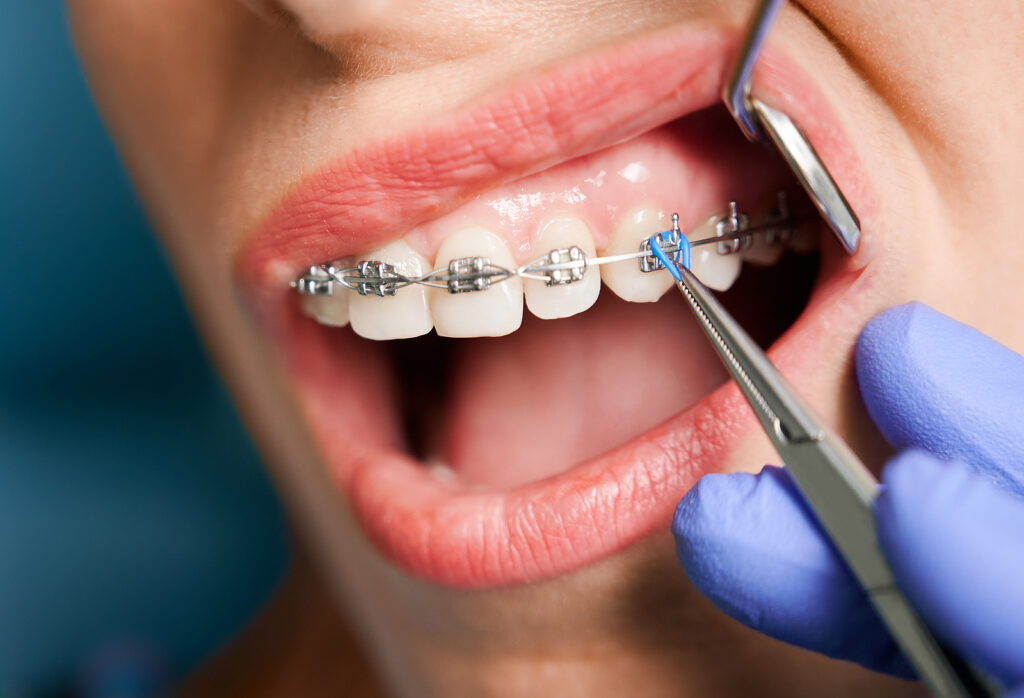
Many people don't realize just how visible their bottom teeth are. In fact, your bottom teeth contribute to the overall look of your mouth, whether they're crooked or not. Although top teeth are usually the focus of attention, bottom teeth are also highly visible throughout your life and can be just as important as your upper teeth. Getting your bottom teeth straightened will improve your overall oral health and appearance. And with braces, you can get your bottom teeth straight, too!
While stereotypical braces often feature wires and brackets on all of your teeth, some people can get braces for just their bottom teeth. If you have relatively straight upper teeth, there's no need for bottom braces. But if your bottom teeth are crooked, you might notice them when talking, and you're at risk of developing a serious health problem. Bottom teeth in braces can fix your smile, and they may even save you money!
Even if you only have one arch corrected, you may still experience problems with your bite. With one arch, you'll move your straightened teeth backward and forward, making your mouth more vulnerable to injury. This will make your bite more severe, making chewing more difficult. Bottom teeth in braces can also change the appearance of your top teeth. So, it's best to get a full mouth treatment to ensure your entire mouth is in alignment.

